Pulicat Lake is the 2nd largest brackish water lagoon after Chilika, straddling the states of Andhra Pradesh and Tamil Nadu. It is also home to an old Dutch settlement in India, and contains the island of Sriharikota, that houses the Satish Dhawan Space Center which along with Thumba is one of the two satellite launch centers in India.
Basically the entire lagoon ecosystem covers the following areas
Pulicat Lake that straddles both Andhra Pradesh and Tamil Nadu, though a major part is in Andhra. The Marshy Wetlands, Venadu and Pernadu Reserve forests which are located in Andhra Pradesh. And of course the Pulicat Lake Bird Sanctuary.
Beyond it’s natural beauty and scenic wonder, Pulicat also has a very long history, dating right from ancient times.
It was one of the oldest seaports on the Coromandel Coast, starting right from 300 BCE, till the 15th century, over which there were regular conflicts to gain it’s rich revenues, between various rulers down South. After which the port was in control of some of the Arab traders, later the Portuguese, the Dutch and the British till 1825. At it’s peak, the port town had a population of around 50,000 and was one of the most important sea ports on the Eastern Coast.
During the Tamilakam period of the Cholas, Pandyas and Cheras between 300 BCE – 1279 CE, this was a northern outpost for these kingdoms. Periplus of the Erythraean Sea, written by the anonymous mariner, that described the navigation and trading during the Roman Empire times, listed this as one of the main ports on the East Coast, as Podouke. Others being Poduca( Pondicherry), Argaru(Uraiyur) and Camara(Kalapattana).
Again Ptolemy’s map in the 2nd century, showed the location of this place. The port came under the control of the Pallavas in the 3rd century, and it was called as Mammala Patnam then. Rajendra Chola built a Shiva temple on the Arani river, 4 km southwest of the Tirupalaivanam lake here.
During the 9th century, Arab traders began settling here, and more began to come here during the 13th century, mainly Khadems from Medina, who were banished when they refused to pay tribute to the new Caliph. They adopted Tamil language, and soon became one of the leading traders here. Ships from Arabia transporting tin from Malaya to Oman, regularly stopped at Pulicat enroute, and soon the Islamic presence grew here. Good number of the Tamil Muslim community claim descent from them, and even now one can find old masonry mansions in ruins, that were once occupied by these Arab traders.
During the Vijayanagara Empire, this area was known as Pralaya Kaveri, and renamed as Anandarayan Pattinam, after the Governor here, during reign of Deva Raya II. Again the name was changed to Palaverkadu in 1521 during reign of Shri Krishnadeva Raya.
It was one of the most important ports of the Vijayanagara Empire, there was a road directly leading from Hampi to here. The Coromandel Coast then was a major producer of textiles and yarns, which were exported to Burma and Malacca. The port was also an important center for cutting and polishing diamonds, rubies, sapphires that were mined then in Golkonda and around Hampi.
The Governor of Pulicat, would levy duties on the transactions here, and inscriptions dating from 1532, indicate that property tax too was levied, along with sales tax on rice and paddy, oil and ghee, turmeric, pepper and many other products. Import taxes were also levied on commodities, as well as export tax on corn and cloth, all of which contributed to making Vijayanagara one of the richest empires of it’s time.
With the decline of Vijayanagara, after Tallikota, the port came under the control of the Golkonda Sultan Ibrahim Quli Qutub Shah. However it once again passed to the Vijayanagara empire as Tirumala Deva Raya recaptured it in 1570, and later Sriranga I ruled over.
The Portuguese who had established a trading outpost here in 1502, soon took over following the decline of Vijayanagara Empire, they also built a church dedicated to Nossa Senhora dos Prazeres (Our Lady of Joys), which is one of the oldest churches here. However by 1600, their influence began to decline, and soon the Dutch took over.
It was the Dutch who had the longest reign here from 1610-1784, and Pulicat was one of their main settlements on the East Coast along with Masulipatnam, Tuticorin, Nagapattinam. It began in 1606, when a Dutch ship stopped on shores of Karimanal village, located to the north of the lake. The local Muslims offered food and shelter, and also struck up a partnership to procure and supply local merchandise to the Dutch for trade.
Rani Iraivi, the wife of Venkatapati Raya, ruled Pralaya Kaveri then, and she gave permission to VOC(Verenigde Oostindische Compagnie), the Dutch East India Company to do trading from there. They built a fort Geldria as a defense against attacks, and soon monopolized the lucrative textile trade with the Eastern part of Asia.
They faced initial resistance from the Portuguese, however in 1611, Venkatapati Raya, turned agains the Portuguese, ordering the Jesuits to leave Chandragiri. Again in 1614, following the death of Venkatapati Raya, and a delay in appointing his successor, the Portuguese once again attacked Pulicat. They attacked the port again in 1623, burning down couple of ships.
However Sri Ranga, the last ruler of Vijayanagara, managed to drive away the Portuguese and attack the Dutch, who paid the tribute to him, to ensure they were not attacked. The Dutch named the place as Paliacatta and from 1616 to 1690, it was the official HQ of Dutch Coromandel region. Though for a brief period Nagapattinam was the HQ, it again shifted back after it was ceded to the British. During this period, VOC was one of the largest trading companies in spices, tea, silk and porcelain.
The thriving handloom industry in Kanchi, and many other towns down South, contributed a lot to the textile trade, from which the Dutch profitted. They also established a gunpowder factory around 1620, that was very succesful and a mint in 1615 where copper coins with VOC insignia were minted.
However by the early 17th century, Pulicat’s population declined to 10,000 , and the failure of the monsoon in 1746, saw a devastating famine, that hit both Pulicat and Santhome. Many textile weavers, artisans perished in the famine. Right now Pulicat has Dutch era cemeteries, tombs and the old fort now totally in ruins.
The Dutch also ran a very notorious slave trade from Pulicat from India to Ceylon and the Carribean. Between 1621-55 around 131 ships transported 38,441 slaves, whose price ranged from 27 to 40 guilders during high demand years to as low as 4 guilders during slack demand. Apart from Pulicat, slaves were also shipped from Nagapattinam and Devanampatnam. Most of them were people affected by the famines, seeking some work, and they were shipped to work on the luxurious Dutch colonial settlements all over the Indian Ocean.
Pulicat was finally captured by the British in 1795, and annexed to the Chingleput district which was captured from the French. With the British choosing to focus on the Madras port, and the Dutch sea power declining, Pulicat too slowly declined, and ended up being a small fishing village, surrounded by dense forests, a big fall from it’s heydays.






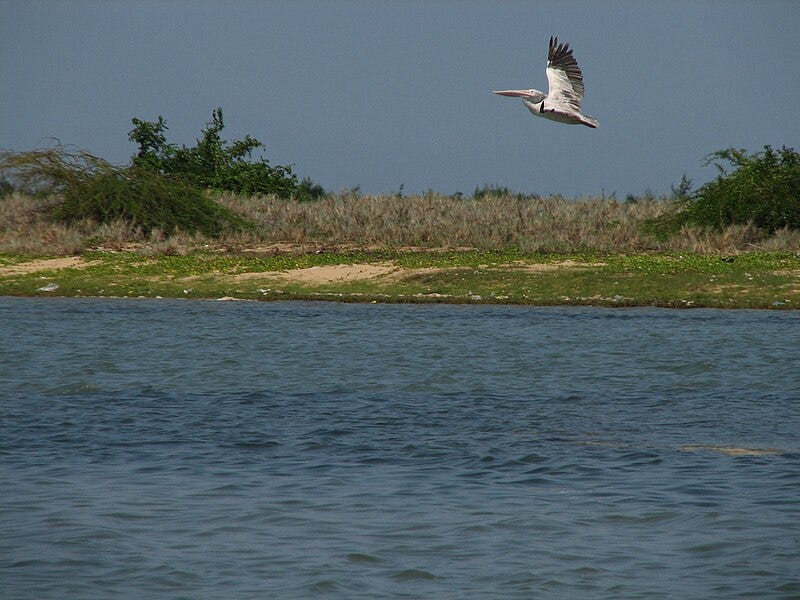
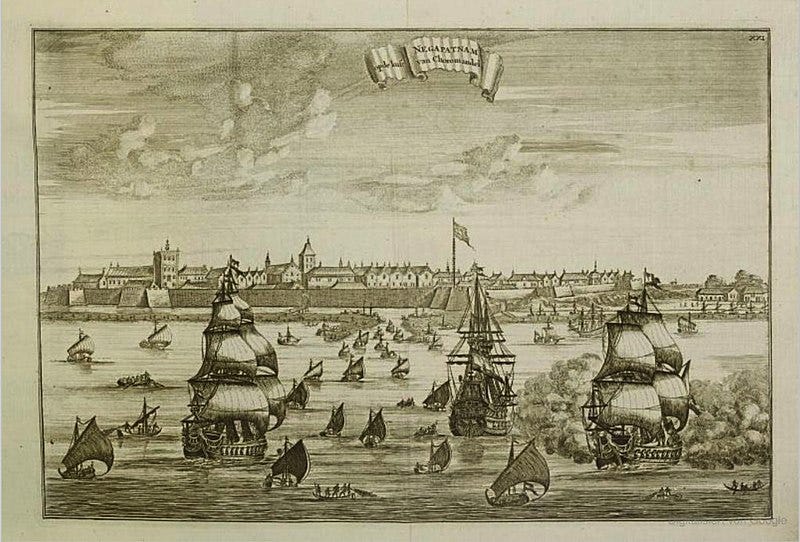

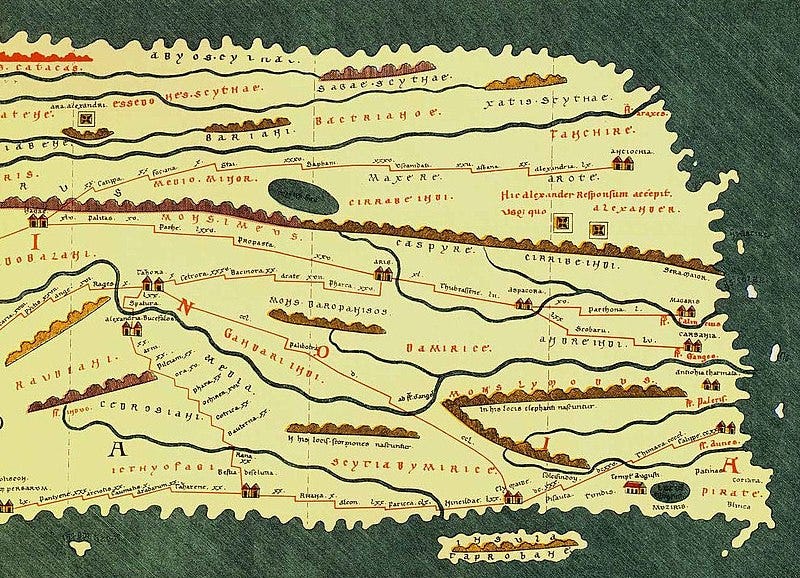

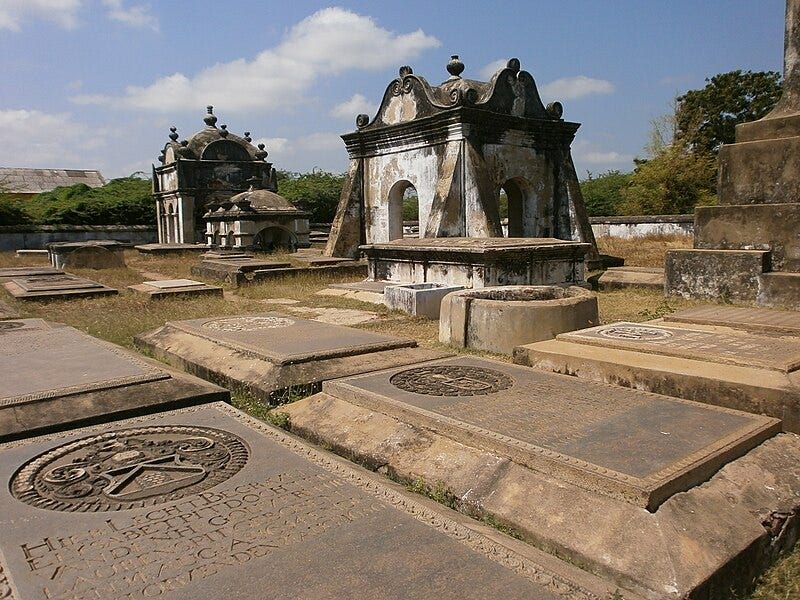
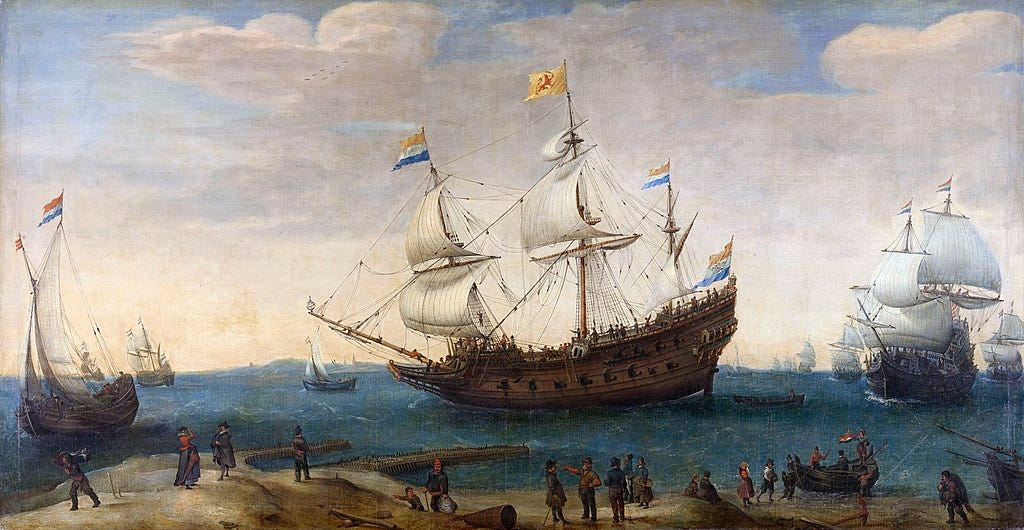
With your permission, I would be honoured to republish select articles from your work on my website, with full and proper credit attributed to you.
It's an excellent place full of history. I am currently reading The Colonial Subjugation of India written by Amar Farooqi and he mentions the importance of Pulicat and Coromandel coast in the 16 and 17 centuries and the terrible war which took place between VOC, Portuguese and the British to take control of this area mainly to trade spices. Thank you for sharing this post